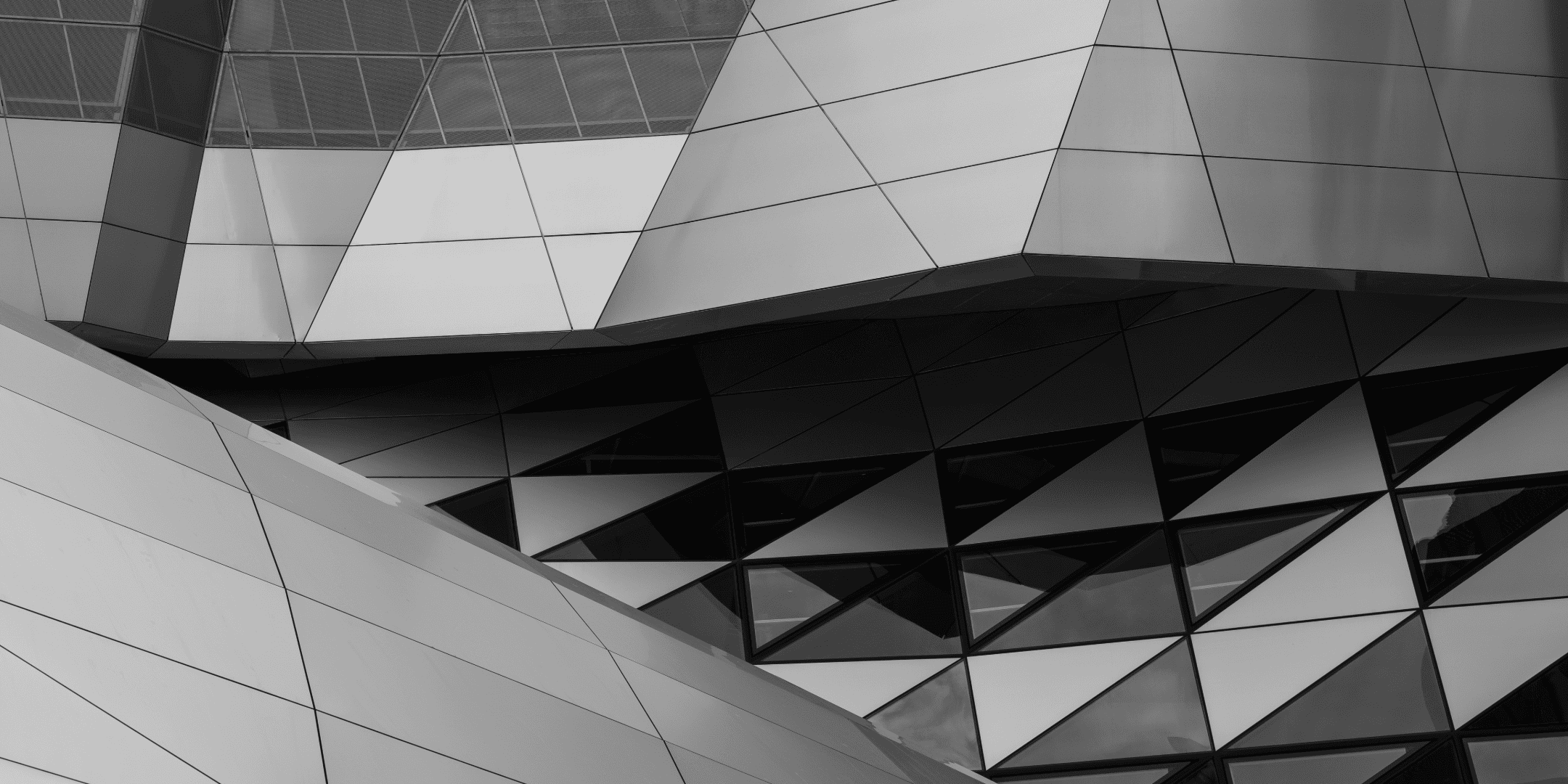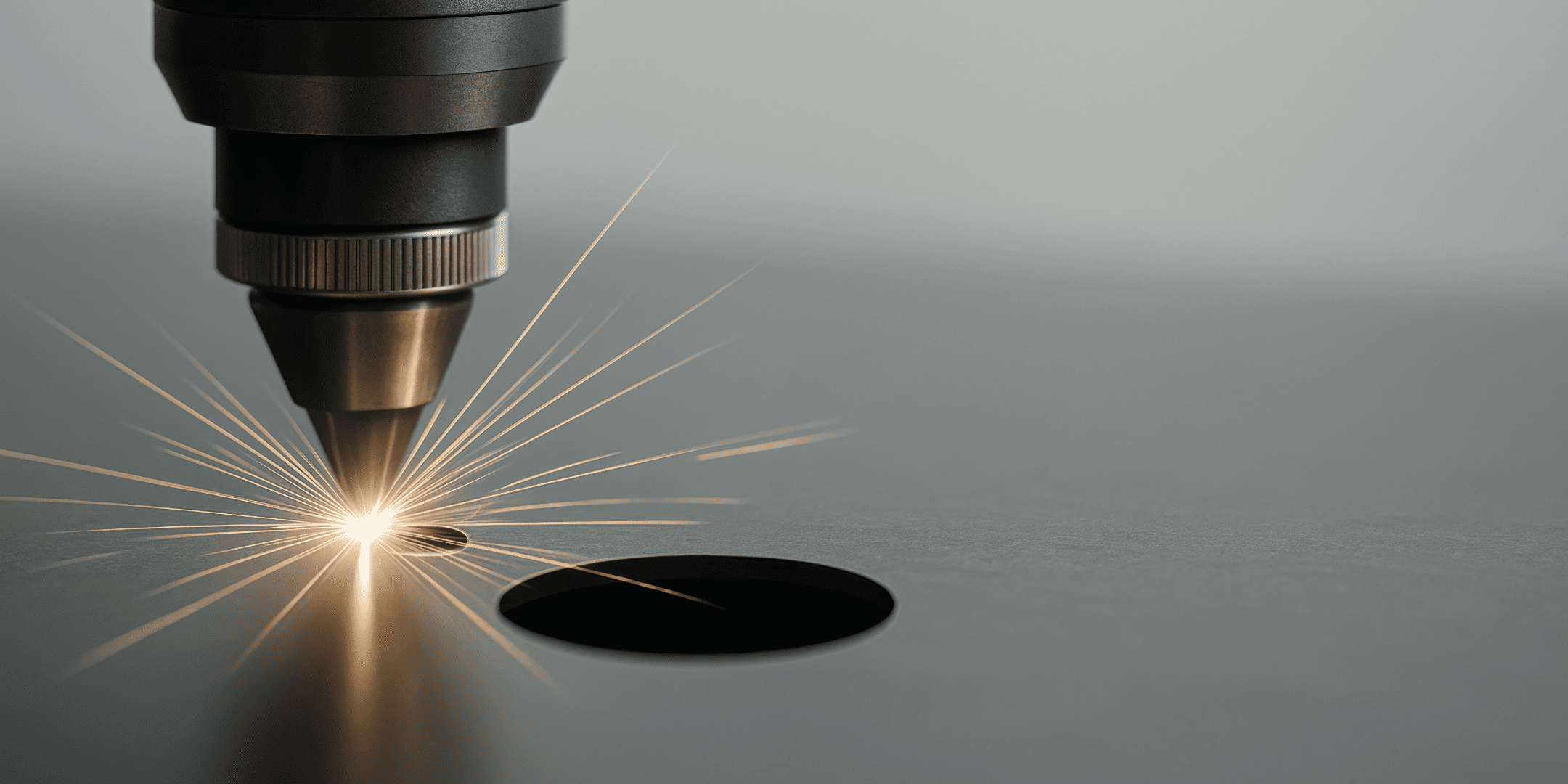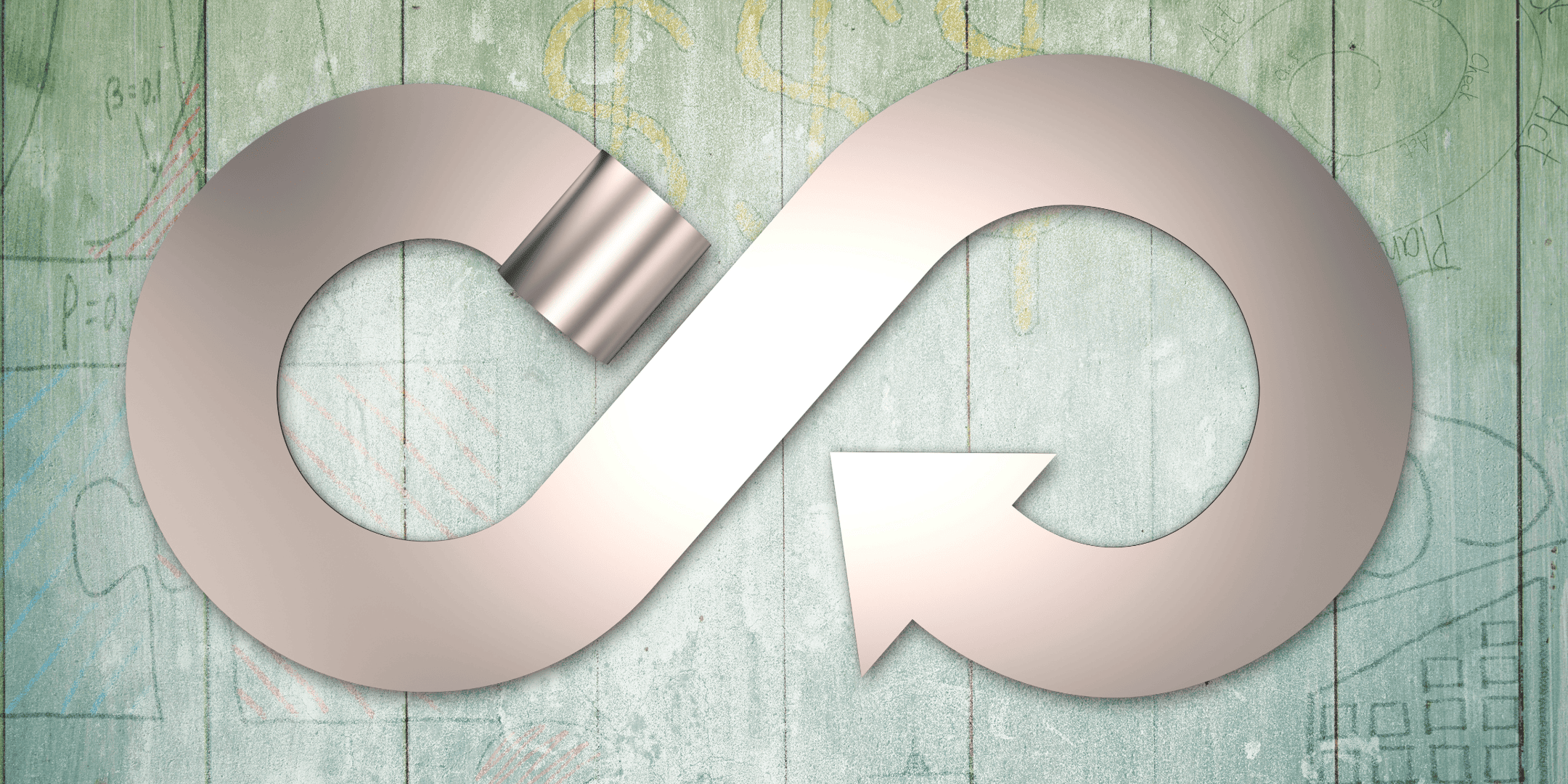Next-Gen Alloys: Engineering Aluminium for Tomorrow’s Mobility and Aerospace
Aluminium alloys are evolving rapidly, driven by demand for lightweight strength, corrosion resistance, and thermal performance in increasingly complex applications.
What’s Advancing:
- 7000-series (e.g., 7075-T6): High strength-to-weight, ideal for aerospace and defence
- 6000-series (e.g., 6082, 6063-T6): Structural-grade, weldable, and easily extruded
- Battery-specific alloys: Offering high thermal conductivity for EV battery enclosures
New alloy formulations are enabling aluminium to perform under higher stress, in more corrosive conditions, and across longer life cycles — without sacrificing its recyclability or weight advantages.
Digital-first testing is also gaining momentum. Through simulation and virtual prototyping, engineers can optimise alloy selection for performance, fatigue, and manufacturability — all before a physical part is made.
Additive Aluminium: Where Geometry Meets Efficiency
3D printing technologies such as DMLS and Binder Jetting are unlocking aluminium’s true potential as a design-first material.
Applications Taking Off:
- Lattice-core heat exchangers with maximised surface-to-volume ratios
- Aerospace brackets and supports with topology-optimised forms
- Tooling and fixtures customised on-demand for extrusion workflows
What’s emerging now is a hybrid approach, blending additive and subtractive methods. 3D-printed aluminium parts can be integrated into extruded assemblies — enabling unprecedented flexibility, part reduction, and light weighting at scale.
We're also seeing momentum in multi-material printing, where aluminium is combined with other metals or polymers to deliver parts with zoned properties.
Intelligent Architecture: Aluminium That Reacts, Performs, and Thinks
From static structural support to interactive architectural skin — aluminium is powering a new generation of responsive buildings.
Next-gen Architectural Solutions:
- Parametric façades that adjust to solar exposure and airflow
- Integrated PV frames that double as support and energy infrastructure
- Kinetic elements activated by AI or climate sensors

Aluminium cladding façade.
We’re now extruding aluminium profiles with millimetre-scale precision to support these intelligent systems — including channels for cabling, slots for actuators, and finishes built to withstand harsh environments.
These aren’t just smart buildings — they’re predictive, adaptive environments. Paired with IoT sensors and building automation, aluminium frames become integral to climate-responsive, energy-efficient architecture.
Modular Mastery: Assembling the Built World Faster and Cleaner
Aluminium’s lightness, strength, and modularity make it a top performer for DfMA (Design for Manufacture & Assembly) and offsite construction workflows.
Where It Shines:
- Load-bearing frames and mezzanines
- Tool-less shopfitting and interior partitioning systems
- Pop-up and reconfigurable architectural units
Advanced fabrication methods are accelerating deployment — including CNC bending, laser cutting, and robotic automation, which allow for ultra-precise joins, cleaner finishes, and reduced material waste.
Laser-cut aluminium profiles, for instance, now allow designers to achieve intricate forms with minimal post-processing. CNC-controlled bending delivers repeatable precision on complex shapes, supporting the rapid assembly of prefabricated units.

Precision laser cutting on aluminium.
Smart Manufacturing: AI, Automation, and Digital Twins
Digital transformation is revolutionising how aluminium is specified, processed, and assembled — shifting from linear workflows to closed-loop feedback systems powered by data.
Key Innovations:
- AI-assisted design and nesting algorithms for optimised cutting and yield
- CNC and robotic cells automating high-precision machining and finishing
- Digital twins simulating stress, fatigue, and thermal cycles before production
Smart factories are embedding IoT sensors across extrusion lines, enabling predictive maintenance and traceable quality control in real-time [10]. By combining automation with live data, we’re reducing scrap, increasing uptime, and offering clients better visibility from spec to shipment.
Green Aluminium: Designing for Infinite Use
Aluminium is already one of the most recyclable materials on Earth — with roughly 75% of all aluminium ever produced still in use today. But now, the industry is shifting from recyclable to regenerative — where aluminium is designed for circular performance from day one.
Sustainable Strategies:
- Hydro CIRCAL® and other low-carbon aluminium made from >75% post-consumer scrap
- Closed-loop remelt systems at extrusion plants
- Design for Disassembly enabling easy recovery of materials at end of life
On top of that, more producers are investing in renewable-powered smelting — using hydroelectric, solar, or wind energy to reduce embodied carbon even further.
We help clients meet demanding certifications — including LEED, BREEAM, WELL, and EPD-based whole-life carbon targets.
Industry Trends Driving Innovation
Several macro-trends are shaping the aluminium sector’s trajectory in the coming years:
- The rise of electric vehicles is increasing demand for lightweight crash structures, battery enclosures, and energy-absorbing zones
- Growth in renewable energy infrastructure is driving use of aluminium in corrosion-resistant framing and offshore structures
- Eco-conscious procurement is pushing for aluminium with transparent lifecycle data and certified low-carbon sourcing
- AI and automation are reducing labour intensity while improving consistency and traceability
- Digital twin technology is speeding up R&D cycles for new products and fabrication techniques
These aren’t distant developments — they’re already shaping how we design, fabricate, and deliver aluminium systems.
Final Thought: Material as Platform
Aluminium is no longer just a raw material — it’s a strategic platform for smart, sustainable, and scalable solutions. Whether you’re building EVs, modular spaces, responsive architecture, or digitally-driven interiors, aluminium is the enabler of faster, cleaner, and more resilient innovation.
As a partner in extrusion and fabrication, we’re here to help you design better, build lighter, and perform stronger — with fully traceable sourcing, intelligent machining, and future-proof design support.
Ready to bring next-gen aluminium into your next product or project?
Let’s talk feasibility, profile design, alloy selection, or full fabrication support.
REFERENCES:
- European Aluminium – Circular Economy and Recycling
https://european-aluminium.eu/policy-areas/circular-economy/
- Hydro CIRCAL® Low-Carbon Aluminium
https://www.hydro.com/en/products/low-carbon-aluminium/hydro-circal/
- The Aluminium Federation – Automotive & Construction Applications
https://alfed.org.uk/sectors/
- Journal of Materials Engineering and Performance – Aluminium Alloy Advances
DOI: 10.1007/s11665-021-05545-9
- McKinsey – Modular Construction from Projects to Products
https://www.mckinsey.com/industries/engineering-construction-and-building-materials/our-insights/modular-construction-from-projects-to-products
- Autodesk – Generative Design and Simulation
https://www.autodesk.com/solutions/generative-design/overview
- Nature Communications – 3D Printing with Aluminium
https://www.nature.com/articles/s41467-020-15417-5
- International Aluminium Institute – Sustainability in Aluminium
https://www.international-aluminium.org/sustainability/
- Arup – Designing with Aluminium
https://www.arup.com/perspectives/publications/research/section/designing-with-aluminium
- Siemens – Digital Twin Technology in Manufacturing
https://www.sw.siemens.com/en-US/digital-twin/
- BSI – EN 15804: Environmental Product Declarations
https://www.bsigroup.com/en-GB/standards/
- MIT Technology Review – AI in Smart Manufacturing
https://www.technologyreview.com/2021/10/27/1037351/ai-smart-manufacturing/

.png?width=150&height=70&name=BWC%20Logo%20(Custom).png)


